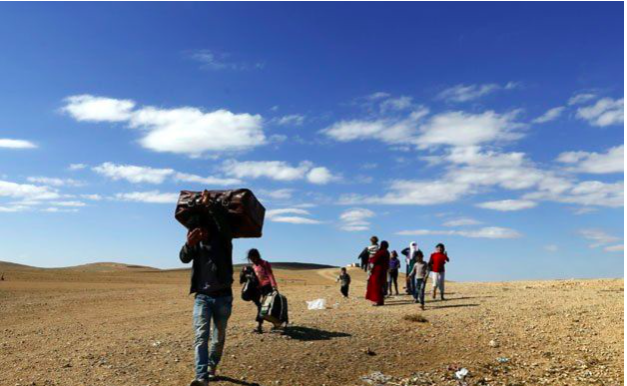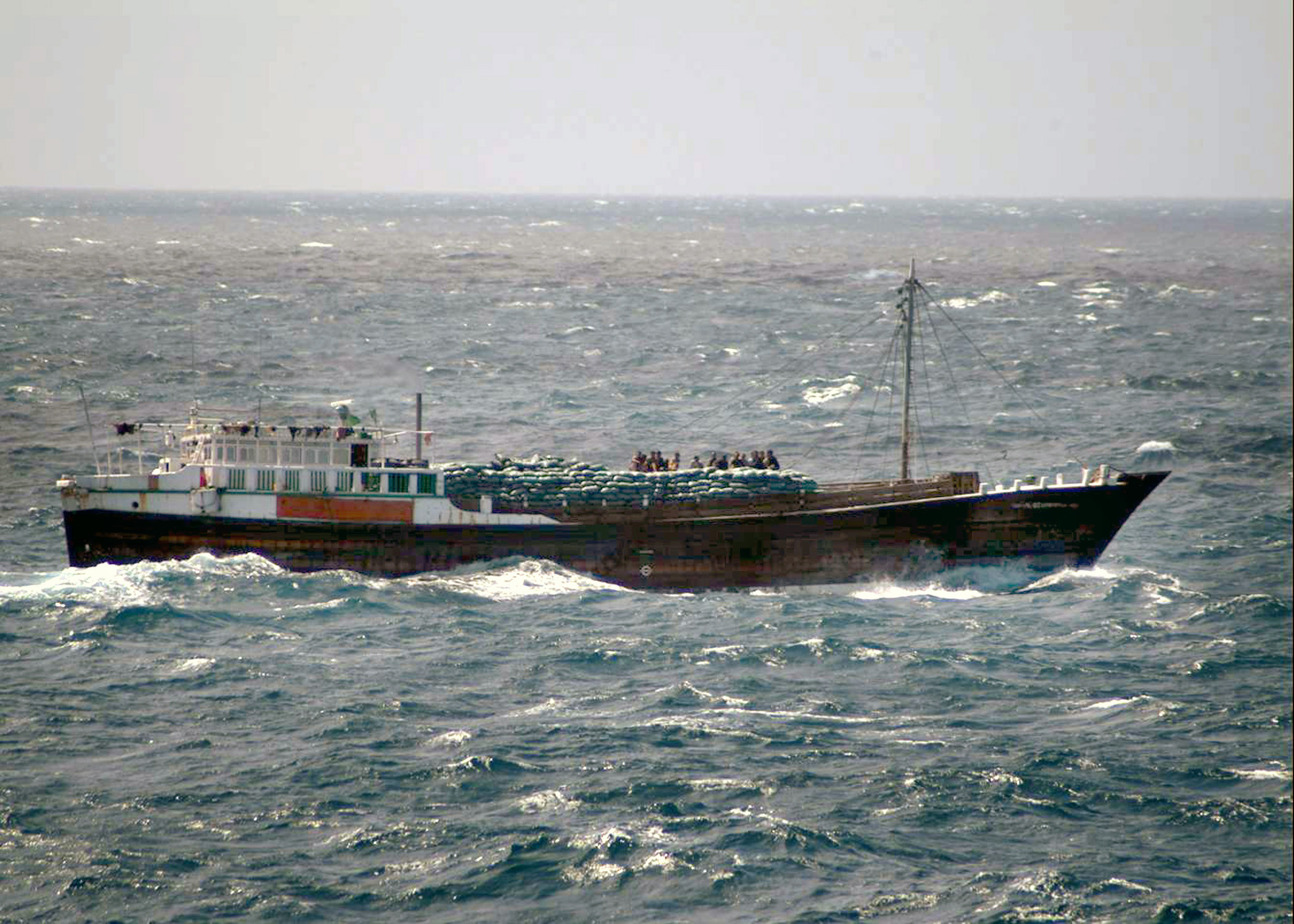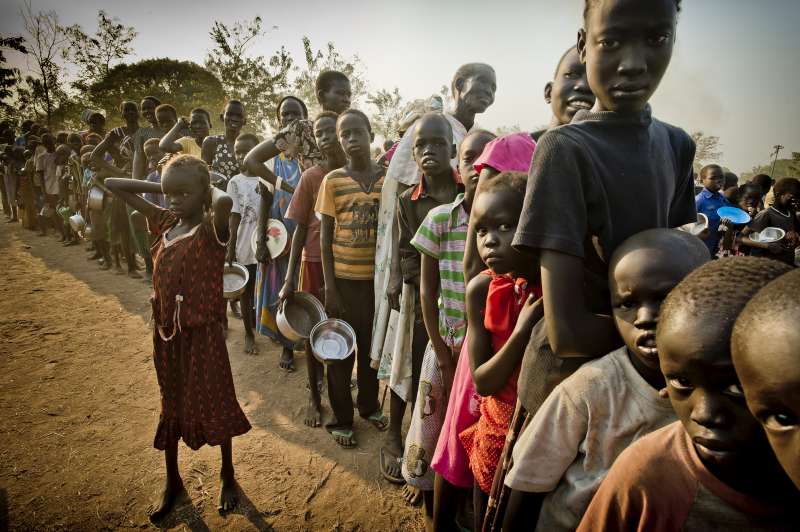Since the 1979 Soviet invasion of Afghanistan, political, social and economic instabilities have created unsustainable living conditions for the country’s population, forcing Afghan citizens to leave their homeland and settle in surrounding states. The fall of the communist government, followed by the Taliban takeover and the Western offensive, has put Afghanistan in a constant state of violence, creating a growing refugee crisis.
Many Afghan citizens view the current American-influenced government as a continuation of the policies and practices once upheld by political warlords, rather than reflecting true democratic values. Many warlords are believed to have received American military and financial backing, and to have greatly benefitted from the 2001 Bonn Agreement, responsible for creating Afghanistan’s interim government. The perception of the Afghan government as being corrupt has thus created a disconnect between the politicians and the populace and has impeded efforts to implement an efficient governing body, effective rule of law, or a sense of security within Afghanistan.
As a result, Afghanistan is one of the largest refugee producing states in the world. With nearly 3 million refugees displaced globally, 95% currently reside in neighboring Pakistan and Iran. As of 2013, roughly 800,000 Afghan refugees are living in Iran, and 1.5 million registered refugees are living in Pakistan, while between 500,000 and 1 million are residing within the country illegally. Lack of official registration has caused severe political and economic problems for both the refugees and the states receiving them, including insufficient aid for housing, clean water, education, medication and integration-aimed resources.
With Pakistan host to 1.5 million refugees, the country has been affected by extensive violence, uprooting Pakistani citizens and forcing many Afghan refugees to repatriate. To add to their concerns, the Pakistani government announced it would not renew ID cards belonging to registered refugees, and has been treating them as illegal immigrants as of January 2013. Despite such difficulties, not all Afghan citizens are returning home. Instead, many are seeking refuge in NATO member states. Both Germany and Turkey have received a 30% increase of refugees crossing into their borders, reflecting the unwillingness of Afghan refugees to return home and the eagerness of many still residing in Afghanistan to leave.
Overall trends in Afghanistan since 2006 indicate a diminishing level of voluntary refugee repatriation and an increasing rate of internally displaced persons (IDPs) . Those who do return to their country face continued economic and political instability. Due to such insecurities, many Afghan citizens who do not move to another state are still forced to relocate within their own country. Over 15% of repatriated refugees continue to be internally displaced, often moving from rural to urban settings, seeking food, water and security.
Even as the Western involvement in Afghanistan is coming to an end, continued instability has left Afghan refugees and IDPs with fewer opportunities or options to seek a safe refuge, making Afghanistan the largest refugee producing state to date.




